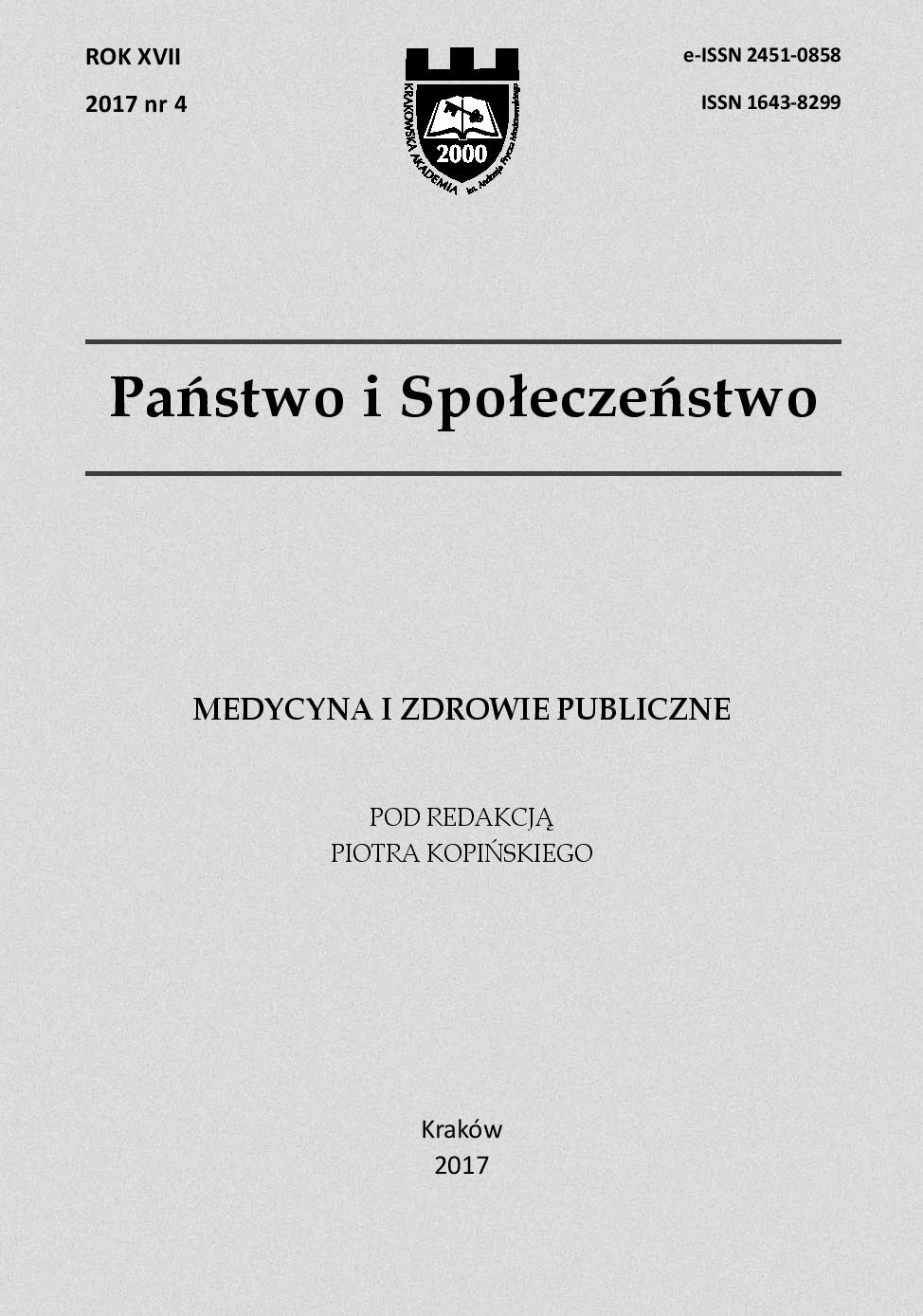Rola defektu apikalnego w patogenezie obniżenia narządów miednicy mniejszej: cystocele z defektem apikalnym
The role of the apical defect in the parthenogenesis of pelvic organ prolapse: cystocele with apical defect
Author(s): Paweł Szymanowski, Hanna Szweda, Wioletta Katarzyna Szepieniec, Marcin Zarawski, Ewelina Malanowska, Elżbieta Świś, Marcin JóźwikSubject(s): Health and medicine and law
Published by: Oficyna Wydawnicza AFM Uniwersytetu Andrzeja Frycza Modrzewskiego w Krakowie
Keywords: urogynecological diseases; pelvic organ prolapse; apical defect; cystocele;
Summary/Abstract: Introduction: In urogynecology, both in subject literature and in clinical work, different systems for the assessment of pelvic organ prolapse are used. The lack of standardization causes difficulties in treatment planning and in the evaluation of the effectiveness of applied surgical methods. The most commonly used scale is the POP-Q System which describes the severity of the prolapse without taking the type of defect into account. On the other hand, the clinical classification by De Lancey defines the type of defect but does not take its severity into account. The latter classification system also does not include cystocele with apical defect. Material and methods: The authors examined 96 patients presenting for advice of treatment due to symptomatic pelvic floor disease. A new, standardized method of urogycological examination was implemented. The evaluation included the type of defect and its severity at all three pelvic floor levels. Results: This method of examination allowed the identification of both already known cystocele with middle and lateral defects, as well as not yet described cystocele with apical and mixed defects. Conclusions: The authors propose a new, standardized method of urogynecological examination which assumes the simultaneous application of the POP-Q System and the modified classification of lower pelvic organ prolapse by De Lancey which also describes the impact of level I defects (apical defects) on level II prolapse. It seems that this approach allows for more effective planning of urogynecological procedures, while reducing the rate of recurrence.
Journal: Państwo i Społeczeństwo
- Issue Year: XVII/2017
- Issue No: 4
- Page Range: 9-21
- Page Count: 13
- Language: Polish

